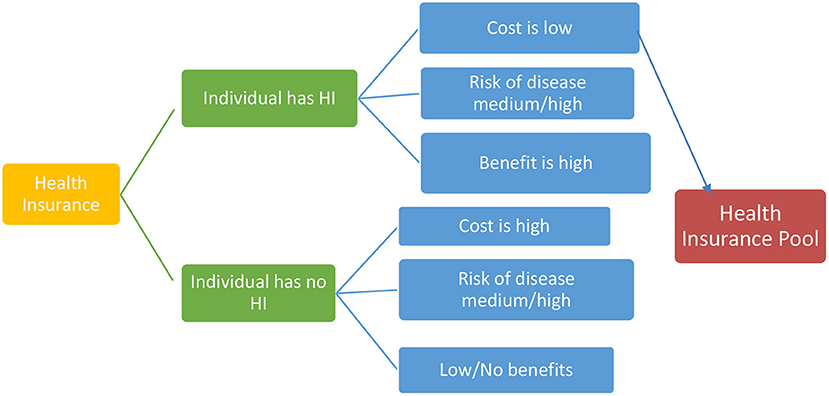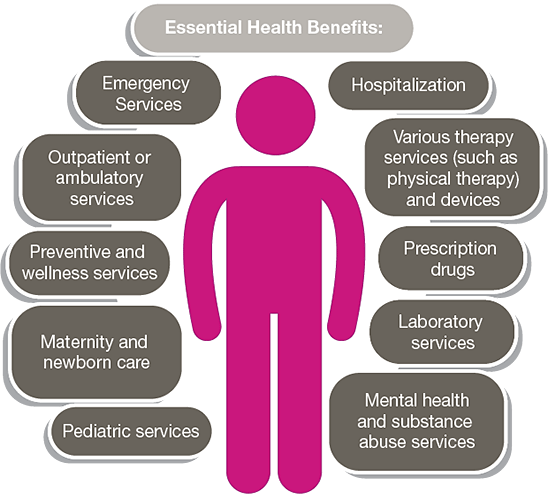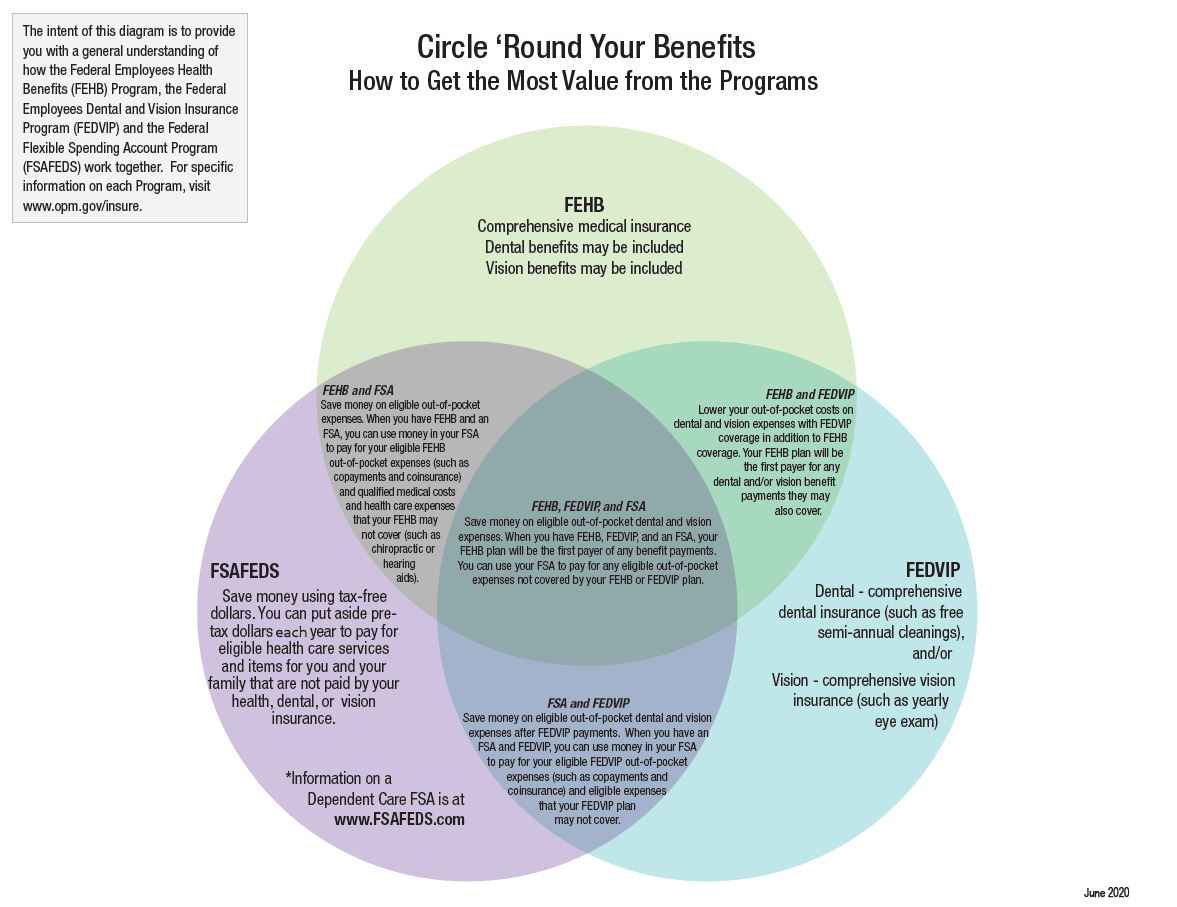See This Report about Medicare Advantage Agent
See This Report about Medicare Advantage Agent
Blog Article
See This Report about Medicare Advantage Agent
Table of ContentsThe Greatest Guide To Medicare Advantage AgentGet This Report about Medicare Advantage AgentThe smart Trick of Medicare Advantage Agent That Nobody is Talking About

follows from perplexing the reasonably young age profile of the uninsured with the much better health, usually, of more youthful individuals. This covers the web link between health status and medical insurance. For those without access to work environment medical insurance, bad health and wellness is a possible obstacle to acquiring nongroup insurance coverage due to the fact that such insurance coverage may be very valued, omit preexisting problems, or be just not available. The variety of uninsured Americans is not specifically large and has actually not altered in the last few years. 7 out of ten participants in an across the country representative survey assumed that fewer Americans lacked medical insurance than really do(Fronstin, 1998). Approximately fifty percent(47 percent )thought that the number of individuals without health insurance coverage decreased or remained continuous over the latter half of the last years(Blendon et al., 1999). This decline of nearly 2 million in the variety of individuals 'without insurance (a decrease
of around 4 percent)is absolutely a positive modification. With a softer economic situation in 2000 the current reported gains in insurance coverage might not proceed(Fronstin, 2001 ). The decrease in the variety of uninsured will not proceed if the economic climate stays sluggish and wellness treatment prices continue to outmatch inflation. This is because the information were accumulated for a period of solid economic performance. Of the estimated 42 million people that were uninsured, just about concerning 420,000(regarding 1 percent)were under 65 years of age, the age at which most Americans become eligible for Medicare; 32 million were adults between ages 18 and 65, around 19 percent of all grownups in this age team; and 10 million were children under 18 years of age, about 13.9 percent of all kids (Mills, 2000). These quotes of the number of persons without insurance are produced from the yearly March Supplement to the Current Population Study (CPS), carried out by the Demographics Bureau. Unless or else noted, national price quotes of individuals without wellness insurance and proportions of the population with different kinds of protection are based upon the CPS, one of the most widely utilized resource of price quotes of insurance policy coverage and uninsurance prices. These studies and the price quotes they yield are explained briefly in Table B. 1 in Appendix B - Medicare Advantage Agent. These studies differ in dimension and tasting approaches, the questions that are asked regarding insurance
Top Guidelines Of Medicare Advantage Agent
coverage, and the moment period over which insurance protection or uninsurance is determined(Lewis et al., 1998, Fronstin, 2000a ). Still, the CPS is particularly beneficial due to the fact that it creates annual estimates fairly swiftly, reporting the previous year's insurance protection approximates each September, and because it is the basis for a consistent set of quotes for even more than 20 years, enabling analysis of fads in coverage in time.

Rumored Buzz on Medicare Advantage Agent
Over a three-year period beginning early in 1993, 72 million people, 29 percent of the united state population, were without coverage for at least one month. Within a solitary year(1994), 53 million individuals experienced at least a month without protection(Bennefield, 1998a). 6 out of every 10 without insurance grownups are themselves used. Although working does improve the possibility that and one's relative will have insurance coverage, it is not a warranty. Even members of families with two full-time breadwinner have practically a one-in-ten opportunity of being uninsured (9.1 percent uninsured rate)(Hoffman and Pohl, 2000 ). The relationship in between health insurance and access to care is well developed, as documented later in this phase. The connection in between health insurance and wellness results is neither direct neither easy, a considerable scientific and health services research study literature links health insurance policy protection
to improved access accessibility care, better far betterHigh quality and improved personal and population populace status. The 2nd record, on individual wellness end results for without insurance adults, is stood for by the innermost circle of the number, while the third report, on household wellness, encompasses the topics of the second record however emphasizes a various system of analysis, specifically, the family. The sixth record in the series will certainly offer details regarding methods and initiatives taken on locally, statewide, or country wide to resolve the lack of insurance policy and its negative influences. Degrees of analysis for checking out the effects of uninsurance. This conversation of medical insurance coverage focuses mainly on the united state population under age 65 due to the fact that basically all Americans 65 and older have Medicare or various other public coverage.
It focuses especially on those without any kind of health insurance coverage for any kind of length of time. The troubles dealt with by the underinsured remain in some respects similar to those encountered by the uninsured, although they are typically less extreme. Uninsurance and underinsurance, however, include definitely different policy concerns, and the methods for resolving them may differ. Throughout this research and the five records to adhere to, the major focus is on individuals with no health and wellness insurance coverage and thus no aid in spending navigate to this site for healthcare past what is click here for more info available via charity and safety and security web establishments. Medical insurance is an effective variable affecting invoice of treatment because both individuals and medical professionals react to the out-of-pocket cost of services. Medical insurance, nonetheless, is neither needed nor sufficient to access to clinical solutions. The independent and straight effect of wellness
insurance coverage on access to health wellness is well establishedDeveloped Others will acquire the health treatment they need even without medical insurance, by spending for it expense or seeking it from suppliers that offer care complimentary or at highly subsidized rates. For still others, health and wellness insurance alone does not make sure invoice of care since of various other nonfinancial obstacles, such as an absence of health and wellness care suppliers in their community, minimal access to transport, illiteracy, or linguistic and social differences. Official study regarding without insurance populaces in the USA dates to the late 1920s and very early 1930s when the Board on the Expense of Medical Care produced a series of reports about financing medical professional office check outs and hospital stays. This concern ended up being salient as the numbers of medically indigent climbed during the Great Clinical depression. Empirical researches continually support the web link in between accessibility to care and improved health and wellness outcomes(Bindman et al., 1995; Starfield, 1995 ). Having a normal source of treatment can be thought about a predictor of accessibility, instead of a straight procedure of it, when health and wellness results are themselves utilized as accessibility indicators. This extension of the notion of access dimension was made by the IOM Board on Monitoring Access to Personal Healthcare Services(Millman, 1993, p. Whether or not parents are insured shows up to influence whether or not their youngsters obtain care as well as just how much careeven if the kids themselves have insurance coverage(Hanson, 1998). The health of moms and dads can influence their capability to care for their youngsters and the degree of household stress. great post to read Stressing over their kids's access to care is itself a resource of stress for parents. 3 phases adhere to in this record. Phase 2 provides an introduction of exactly how employment-based medical insurance, public programs and individual insurance coverage operate and engage to give considerable but insufficient protection of the U.S. population. This consists of a testimonial of historic fads and public plans impacting both public and private insurance coverage, a discussion of the interactions among the different sorts of insurance coverage, and an assessment of why individuals relocate from one program to one more or end up

Report this page